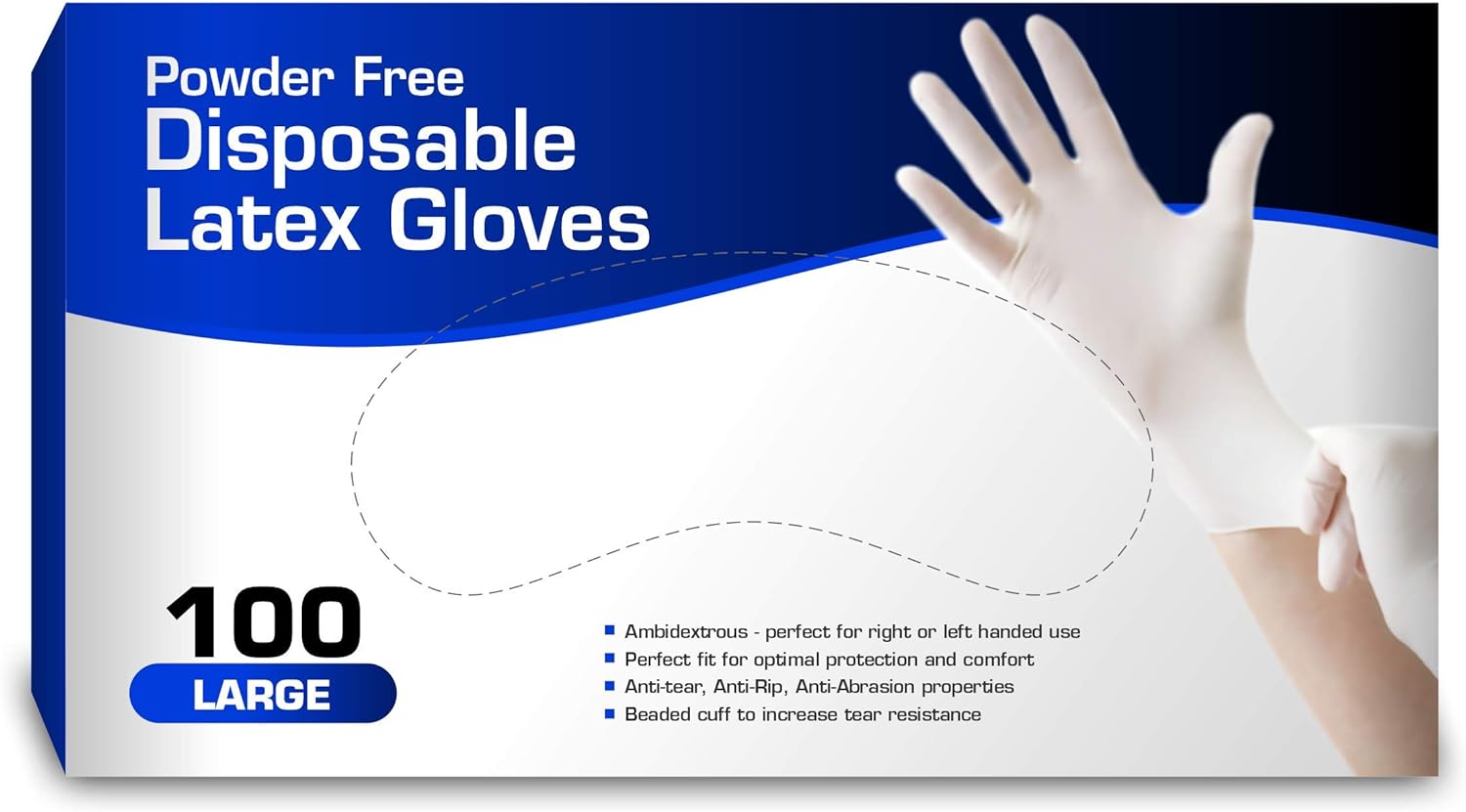Latex Allergy: Types, Causes and Treatment
That are the types of latex allergies?
There are two main types of latex allergies:
- Irritant contact dermatitis
This is a non-allergic reaction caused by the chemicals and additives used in latex products. It results in dry, itchy, and irritated skin after contact with latex. This type of reaction is relatively common and can affect anyone. - Latex allergy (Type I or IgE-mediated allergy)
This is a true allergy involving the immune system. The body’s immune system overreacts to the proteins found in natural rubber latex, triggering an allergic response. There are three main categories of latex allergy:
a) Contact urticaria: This results in localized itchy red hives and swelling after direct skin contact with latex.
b) Mucosal reaction: Nasal, eye, or respiratory symptoms like sneezing, runny nose, itchy/watery eyes, coughing, or wheezing can occur when latex particles are inhaled or come into contact with mucous membranes.
c) Anaphylaxis: This is the most severe and potentially life-threatening reaction. It can cause widespread symptoms like difficulty breathing, loss of consciousness, and shock. Anaphylaxis requires immediate medical treatment.
Risk factors for developing a latex allergy include frequent exposure to latex products, having other allergies, working in healthcare or rubber manufacturing industries, and having certain medical conditions like spina bifida.
It’s important to note that while irritant dermatitis is common, the true latex allergy is less prevalent but more serious, requiring avoidance of latex products and carrying emergency epinephrine if recommended by an allergist.
What are the causes of latex allergy?
There are several potential causes that can contribute to the development of a latex allergy:
- Exposure to natural rubber latex proteins: The primary cause of latex allergy is exposure to the proteins found in natural rubber latex. These proteins can trigger an immune response in some individuals, leading to the production of immunoglobulin E (IgE) antibodies specific to latex proteins.
- Repeated or prolonged exposure: Individuals with frequent or prolonged exposure to latex products, such as healthcare workers, rubber industry employees, and individuals with certain medical conditions requiring frequent latex product use (e.g., spina bifida), are at higher risk of developing a latex allergy.
- Cross-reactivity with other allergens: Some latex proteins share structural similarities with proteins found in certain foods, such as avocados, bananas, chestnuts, and kiwis. This cross-reactivity can increase the risk of developing a latex allergy in individuals who are already allergic to these foods.
- Genetics: Some studies suggest that there may be a genetic predisposition to developing latex allergy, particularly in individuals with a family history of latex allergy or other allergic conditions.
- Certain medical conditions: Individuals with certain medical conditions, such as spina bifida, urogenital abnormalities, or those who have undergone multiple surgical procedures, are at an increased risk of developing a latex allergy due to frequent exposure to latex-containing medical devices and products.
- Early childhood exposure: Exposure to latex products during early childhood, particularly in healthcare settings or through the use of latex-containing pacifiers or toys, may increase the risk of developing a latex allergy later in life.
It’s important to note that not all individuals exposed to latex will develop an allergy, and the exact mechanisms behind the development of latex allergy are not fully understood. Avoiding unnecessary exposure to latex products and seeking medical advice if symptoms arise can help manage and prevent the development of a latex allergy.
What is the treatment for latex allergy?
The treatment for latex allergy typically involves a combination of avoidance measures and medications, depending on the severity of the allergy. Here are the common treatment approaches:
- Avoidance of latex products:
This is the most effective way to manage a latex allergy. People with latex allergies should avoid direct contact with latex products, such as gloves, balloons, condoms, and certain medical devices. It’s essential to read product labels carefully and inform healthcare providers about the allergy. - Medication:
For mild reactions, such as skin rashes or hives, over-the-counter antihistamines like cetirizine (Zyrtec) or loratadine (Claritin) may provide relief from symptoms. - Epinephrine auto-injectors:
Individuals with a history of severe allergic reactions (anaphylaxis) to latex should carry an epinephrine auto-injector (e.g., EpiPen) at all times. Epinephrine can help counteract the life-threatening symptoms of anaphylaxis, such as difficulty breathing or a drop in blood pressure. - Immunotherapy (allergy shots):
In some cases, allergists may recommend immunotherapy, also known as allergy shots or desensitization therapy. This treatment involves administering gradually increasing doses of latex extract over time to help the body become desensitized to the allergen. - Premedication:
For individuals who require medical procedures involving latex products, premedication with antihistamines, corticosteroids, or other medications may be prescribed to reduce the risk of an allergic reaction. - Latex-safe environment:
In healthcare settings or workplaces where latex products are used, implementing a latex-safe environment by using alternatives to latex products can help minimize exposure and reduce the risk of allergic reactions.
It’s essential to work closely with an allergist or healthcare provider to develop an appropriate treatment plan based on the severity of the latex allergy and individual circumstances. Early diagnosis and proper management can help prevent potentially life-threatening reactions and improve quality of life for those with latex allergies.




